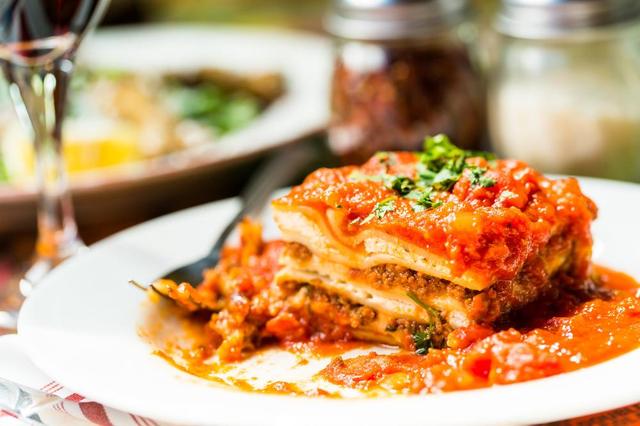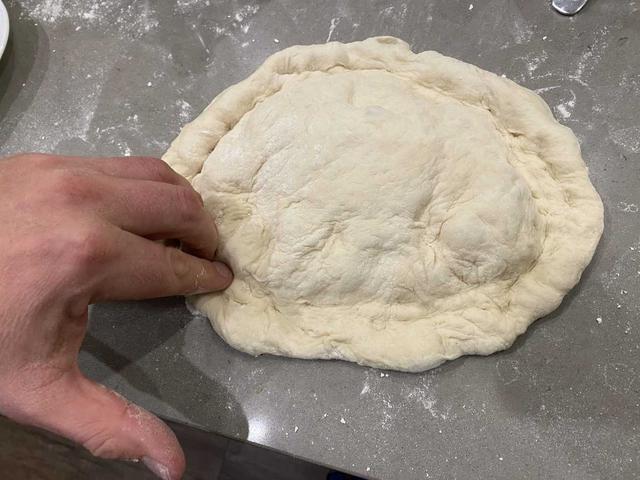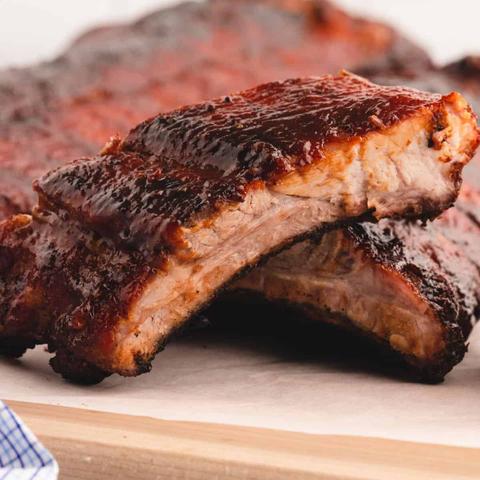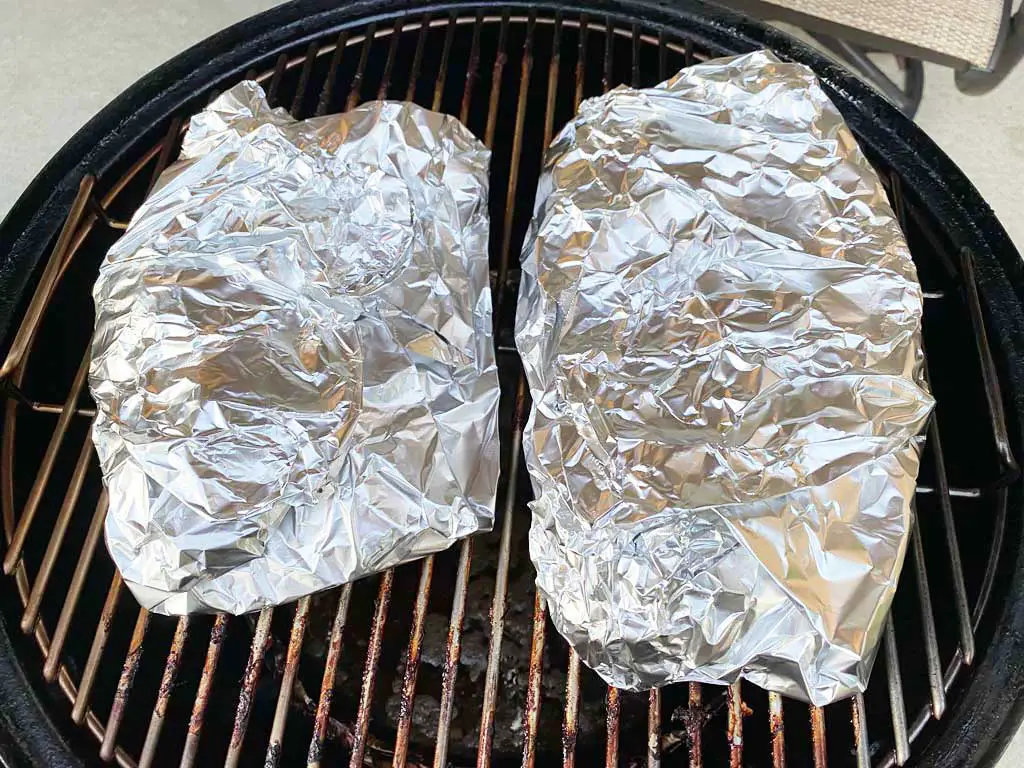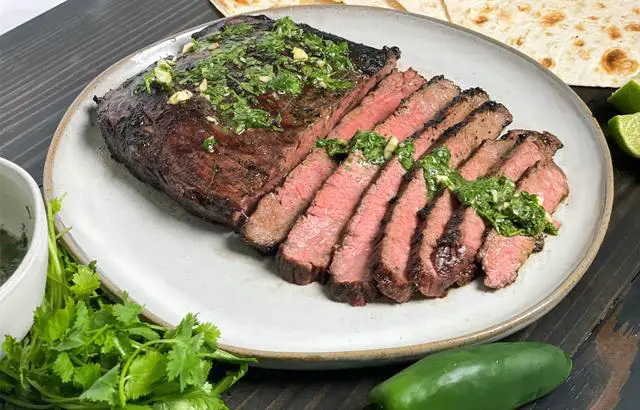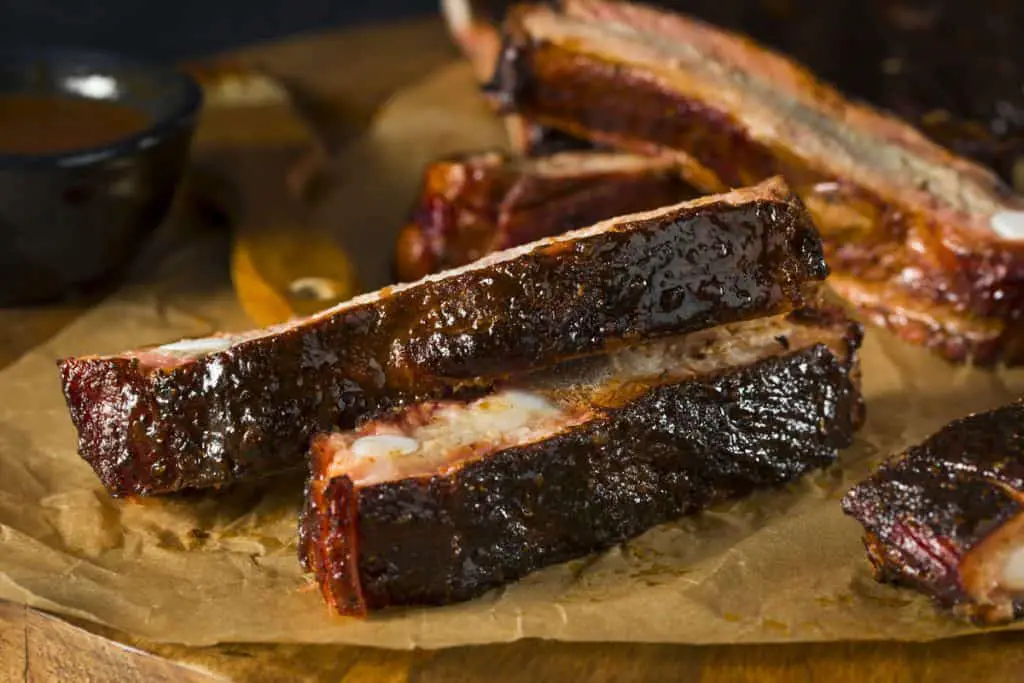
Discover the ultimate secret to achieve perfectly succulent ribs – the ideal resting time. Unveiling the mysteries of how long to let ribs rest, this guide will enhance your grilling expertise. Learn the crucial steps to ensure tender and flavorful results, transforming your BBQ game forever.
How Long to Rest Ribs: Is it Important?
Resting ribs after smoking is often overlooked, but it can be somewhat important. Resting allows the collagen and connective tissues to redistribute and reabsorb juices, resulting in a more tender and flavorful meat. Additionally, resting the ribs allows them to cool down to a safe eating temperature where the bones can be held without burning your fingers.
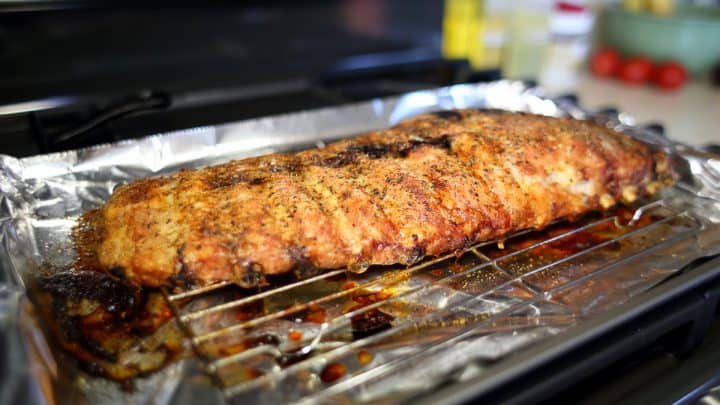
In my opinion, for pork ribs, a 10-15 minute rest is sufficient for the meat to come down to an appropriate slicing temperature (140-160F) and for the bones to cool off. However, there are differing opinions on resting ribs in the barbecue world. Some people believe that resting is unnecessary because they are already allowing the bones to cool off before slicing. It takes about 10-15 minutes for the bones to cool off, which coincidentally is also enough time to rest the ribs.
Pork ribs primarily consist of collagen and connective tissue, which take about 4-6 hours of smoking to become tender. After this, it is recommended to rest the ribs until they reach a slicing temperature of at least 140F. Slicing immediately after taking them off the smoker may result in shredded meat from the bone. Resting for 10-15 minutes allows the meat to set back up and makes handling the bones easier.
How Long to Rest Ribs
Resting ribs is often overlooked when smoking them, but it can be somewhat important. Resting allows the collagen and connective tissues in the meat to redistribute and reabsorb juices, while also allowing the ribs to cool down to a safe eating temperature. For pork ribs, a 10-15 minute rest is generally sufficient for the meat to reach an appropriate slicing temperature of 140-160F and for the bones to be held safely without burning your fingers.
In terms of food safety, it’s important to rest the ribs down to a minimum internal temperature of 140F. Slicing immediately after taking the ribs off the smoker may cause the meat to shred from the bone, so resting for 10-15 minutes allows it to set back up and makes handling the bones easier. Some people choose to re-wrap their ribs with aluminum foil during resting, but this can continue cooking them and potentially ruin the bark or make it soggy. Instead, simply leave them on a serving tray or tent them with foil.
How to Rest Ribs
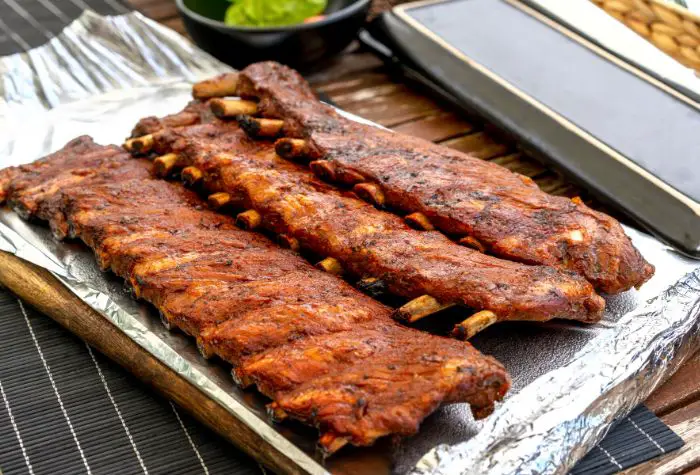
Resting ribs is an important step in the cooking process to ensure optimal flavor and tenderness. Here are some tips on how to properly rest your ribs:
1. Remove the ribs from the smoker or grill and transfer them to a clean serving tray. Make sure the tray is large enough to accommodate the size of the ribs without them overlapping.
2. Tent the ribs with aluminum foil or place a clean kitchen towel over them. This will help retain heat while allowing excess steam to escape.
3. Let the ribs rest for at least 10-15 minutes before slicing and serving. This allows the collagen and connective tissues to redistribute and reabsorb juices, resulting in more tender and flavorful meat.
4. Use a meat thermometer to check the internal temperature of the ribs. The ideal temperature for slicing is between 140-160°F (60-71°C). If necessary, you can let the ribs rest longer until they reach this temperature.
5. Avoid re-wrapping the ribs with foil during resting as this can cause them to continue cooking and potentially overcook. Simply leave them uncovered or lightly tented with foil.
By following these steps, you can ensure that your ribs are properly rested and ready to be enjoyed by family and friends.
How Long to Rest Beef Ribs?

When it comes to beef ribs, the recommended resting time is slightly longer compared to pork ribs. This is primarily due to the size of the meat and the fact that the large bones conduct heat to the interior. For beef short ribs, it typically takes about an hour of rest for them to come down to a safe slicing temperature of 150F. The longer resting time allows for the collagen and connective tissues to redistribute and reabsorb juices, resulting in a more tender and flavorful rib.
On the other hand, beef back ribs, which are smaller in size, require a similar rest time as pork ribs. Usually, 10-15 minutes is sufficient for them to cool down and reach an appropriate slicing temperature. It’s important to note that resting beef ribs not only allows for easier handling of the bones but also helps maintain food safety by bringing the internal temperature above 140F.
In conclusion, allowing ribs to rest for at least 10 to 15 minutes after cooking is crucial. This resting period helps the meat retain its juices, resulting in a more tender and flavorful bite. Patience during this step will undoubtedly lead to mouthwatering and satisfying ribs that are worth the wait.
Learn More About Grilling
If you want to learn more about grilling, check out these other helpful resources!

